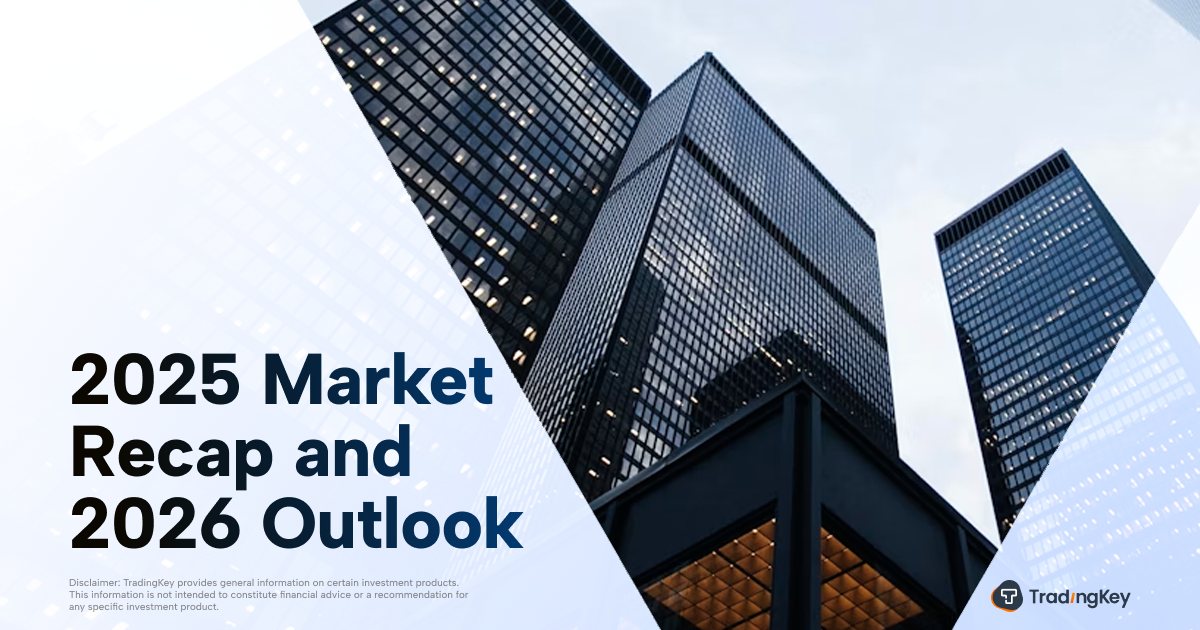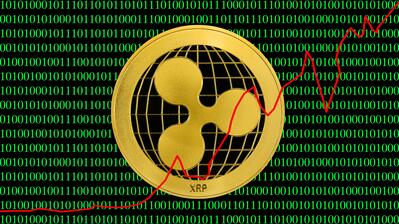Goldman Sachs Warns: Consumers to Bear 67% of Tariff Costs, Core PCE to Reach 3.2%

TradingKey - Goldman Sachs' latest research indicates that in the coming months, a significant portion of tariff costs will be passed on to American consumers, pushing up inflation data.
Goldman analysts have noted a shifting structure in the U.S. tariff cost-sharing. As of June, 64% of tariff costs were absorbed by U.S. businesses, 22% by consumers, and 14% by foreign exporters. However, projections show that by October, consumers' share will rise to 67%, while businesses' share will drop to less than 10%.
Goldman explains that initially, companies tend to absorb cost shocks to maintain market share when tariff policies are implemented. Over time, however, these increased costs are likely to be passed onto consumers through higher prices.
Moreover, the transfer of tariff costs will directly impact inflation data. Currently, the tariff effect has elevated the core PCE price level by 0.20%. Goldman forecasts that by December, the year-over-year core PCE inflation rate will reach 3.2%.
Other institutions share similar views. Morgan Stanley's report last month mentioned that tariff rates could continue to rise and remain high, with the U.S. government potentially imposing up to $2.7 trillion in tariffs over the next decade. This cost will ultimately fall on American consumers.
Société Générale has observed from recent quarterly earnings reports that companies' profit margins are under pressure, with most U.S. businesses experiencing rising costs that have yet to be passed on to consumers. Morningstar's chief U.S. economist, Preston Caldwell, predicts that American consumers may soon face widespread price increases.
However, some investment banks have a different perspective on the impact of tariffs. Citigroup recently stated that this quarter's earnings exceeded expectations, with little visible negative impact from tariffs on performance, driving the stock market to new highs this month.
Citigroup believes that tax cuts should offset the negative effects of tariffs on U.S. businesses and has raised its forecast for the S&P 500 Index, expecting it to rise to 6,900 by mid-2026, about 8% above current levels.







